DAVAO DE ORO, February 17, 2022 – Forty (40) beneficiaries from two farmers’ associations (FAs) in New Bataan, Davao de Oro received 5,000 abaca plantlets as part of SAAD Region 11’s livelihood interventions in Geographically Isolated and Disadvantaged Areas (GIDAs) and End Local Communist Armed Conflict (ELCAC) areas.
Magsandig Uduan SLP Association in Manurigao and Pagsabangan Corn Farmer Association in Pagsabangan enjoyed 2,500 abaca plantlets each, alongside fertilizers (15 sacks of complete and urea for both FAs), digging bars, and bolos to support their 4.5-hectare abaca production.
A month ago, SAAD Region 11 also distributed abaca stripping machines to both FAs to assist their existing abaca harvests.
Read /2022/01/19-dabawenyo-fas-benefit-from-saads-abaca-stripping-machines/.
Barangays Manurigao and Pagsabangan, two of the farthest, most inaccessible GIDAs and ELCAC identified areas in SAAD Region 11’s list of beneficiaries, have a long history of insurgency.
Manurigao is a 4-hour (back-and-forth) uphill journey from downtown New Bataan, with steep inclines in some parts, exacerbated by slippery terrain. To reach the area, the team from SAAD 11, Provincial Agriculturist’s and Veterinarian’s Offices, and New Bataan Municipal Agriculturist’s Office (MAGRO) needed to ride a 6w 6X6 truck, locally known as “sadam”.
Pagsabangan, on the other hand, requires crossing rivers and unpaved roads, infested by leeches, and only accessible by “skylab”, a local motorcycle outfitted with planks of wood to accommodate passengers.
“Dako kaayo mi ug pasalamat kay wala jud mapakyas ang mga gipangsaad gikan sa pag-training pa lang. Kay layo jud kaayo ning amoa, lisod jud ang dalan, pero niabot jud ang mga kaayohan. Kaning mga projects nga amoang nadawat, amoa jung palamboon, “Chairperson Jaymar Lino of Magsandig Uduan SLP Association, said.
“We are grateful because the interventions promised did arrive. Our area is remote, the road is difficult, but still, it arrived. These projects that we received, we’ll sustain and develop.”
He added, “Amoang plano ani, amoang amomahon ang mga gipanghatag. Kaning abaca, itanom sa amoang area, ug kung naa nay abot, makaincome pud ang asosasyon.”
“Our plans for this is that we’ll take good care of everything that was given. Those abaca plantlets, we’ll plant in our respective areas, then when the time comes for harvest, the association will gain income as well.”
“Ang SAAD, kay special man jud ni siya nga programa, muadto jud sa atong mga beneficiary bisan layo. Mao atoang mandato, ug kinahanglan ni mahitabo para makatabang ta sa atoang isig katawo, ug mubaba ang insurhensiya,” Naomi Lamata, SAAD Region 11 Focal, reiterated.
“SAAD is a special program. We’ll go to our beneficiaries even when (their area is) remote. That’s our mandate, and we need it to happen to help our fellow Filipinos and lessen insurgency.”
For both FAs, SAAD’s abaca production project cost a little more than half a million pesos. The plantlets, Tangongon and Bolonganon varieties were previously hardened and acclimatized, with coco coir as soil media, at least two months from pricking, and six inches in height.
Tangongon, specifically, has the potential to yield 800kg/hectare in dried fiber. In Davao de Oro, fully-stripped abaca fibers sell at a Php 60-70 range per kilo.
Both FAs have also previously received 135 mallard ducks, feeds, and biologics to boost the associations’ enterprising potentials. ###
Writer: James Brian R. Flaga, SAAD RPMSO 11 Information Officer
Source: DA-SAAD Davao de Oro

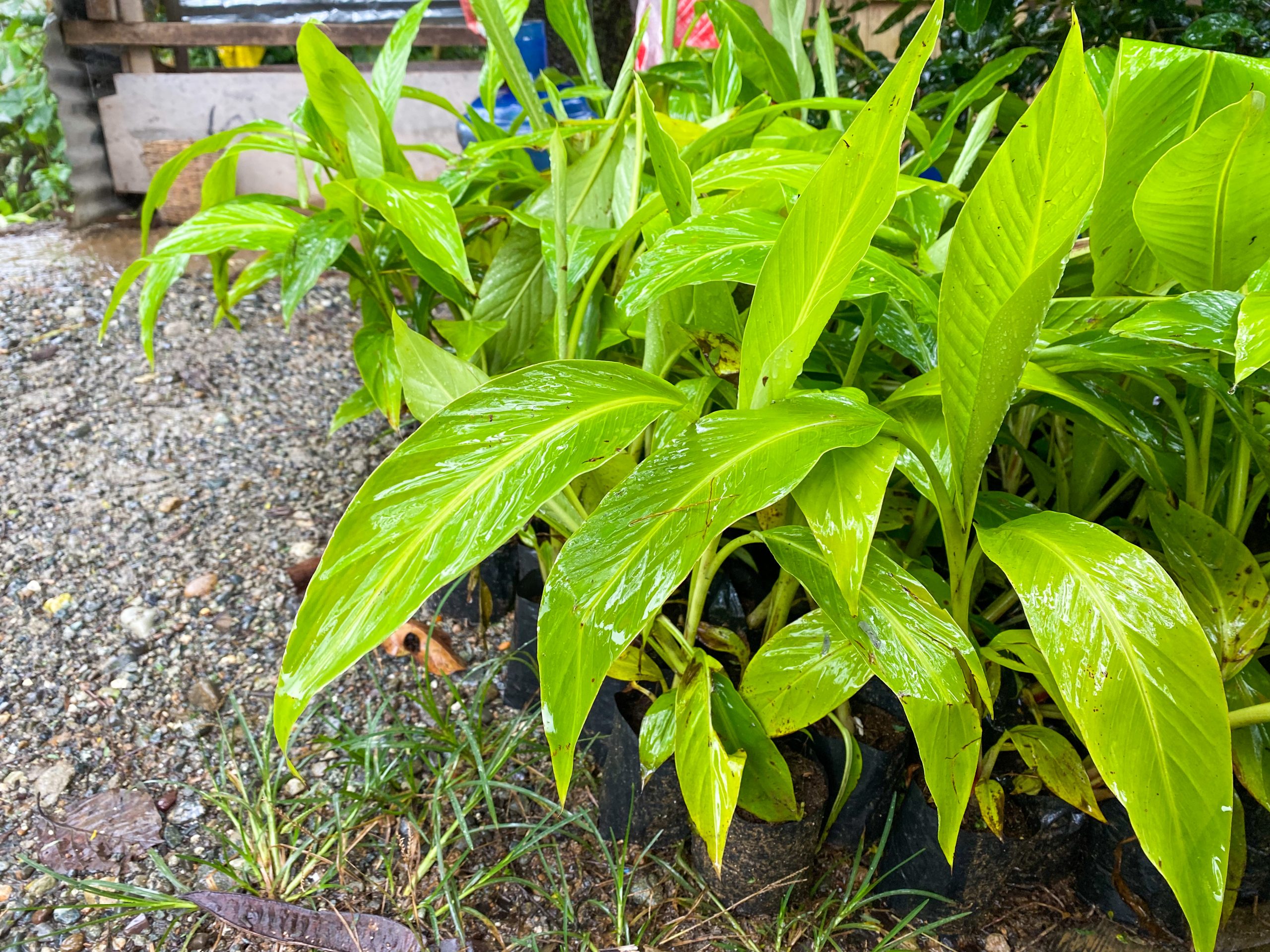
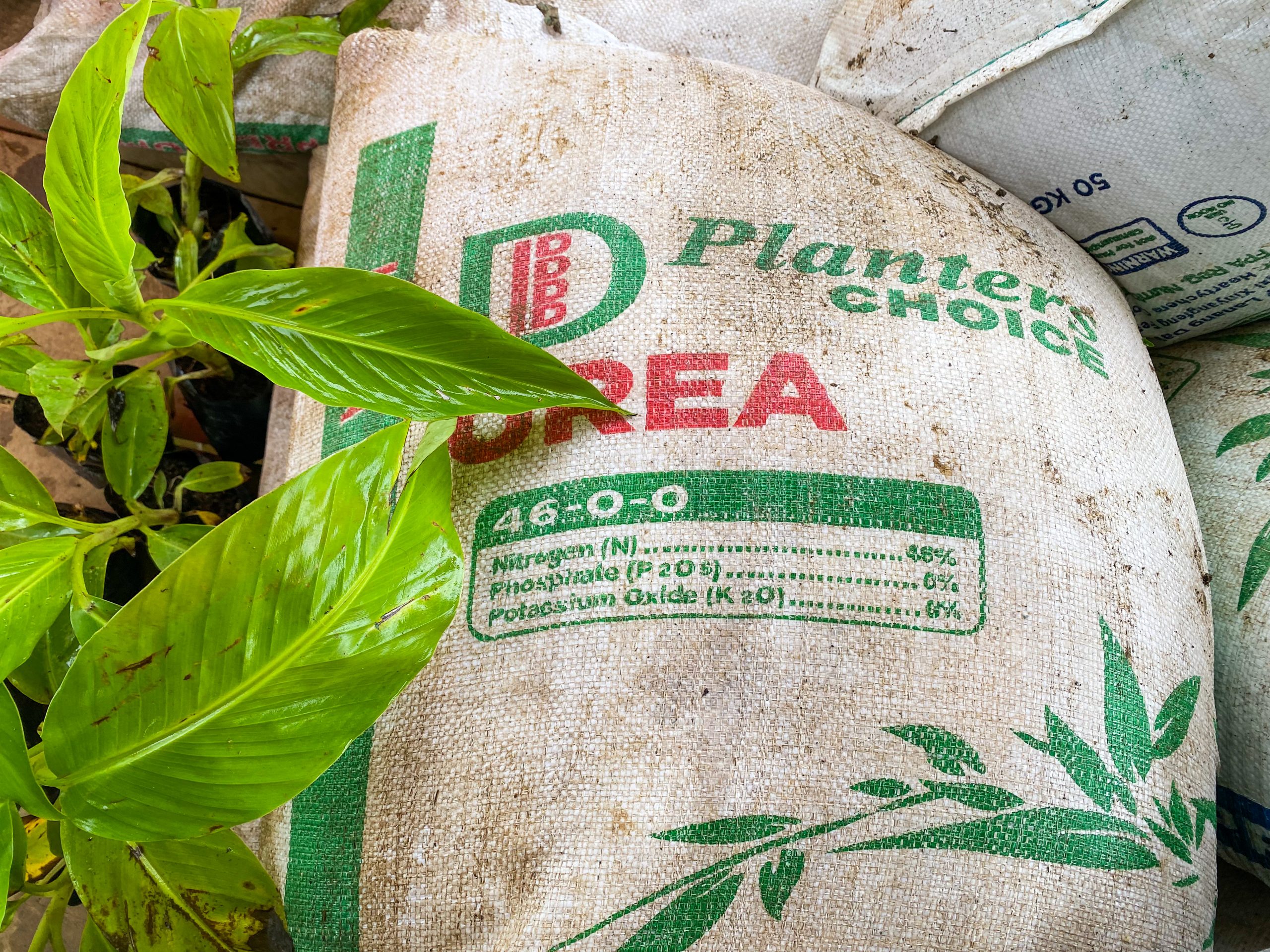
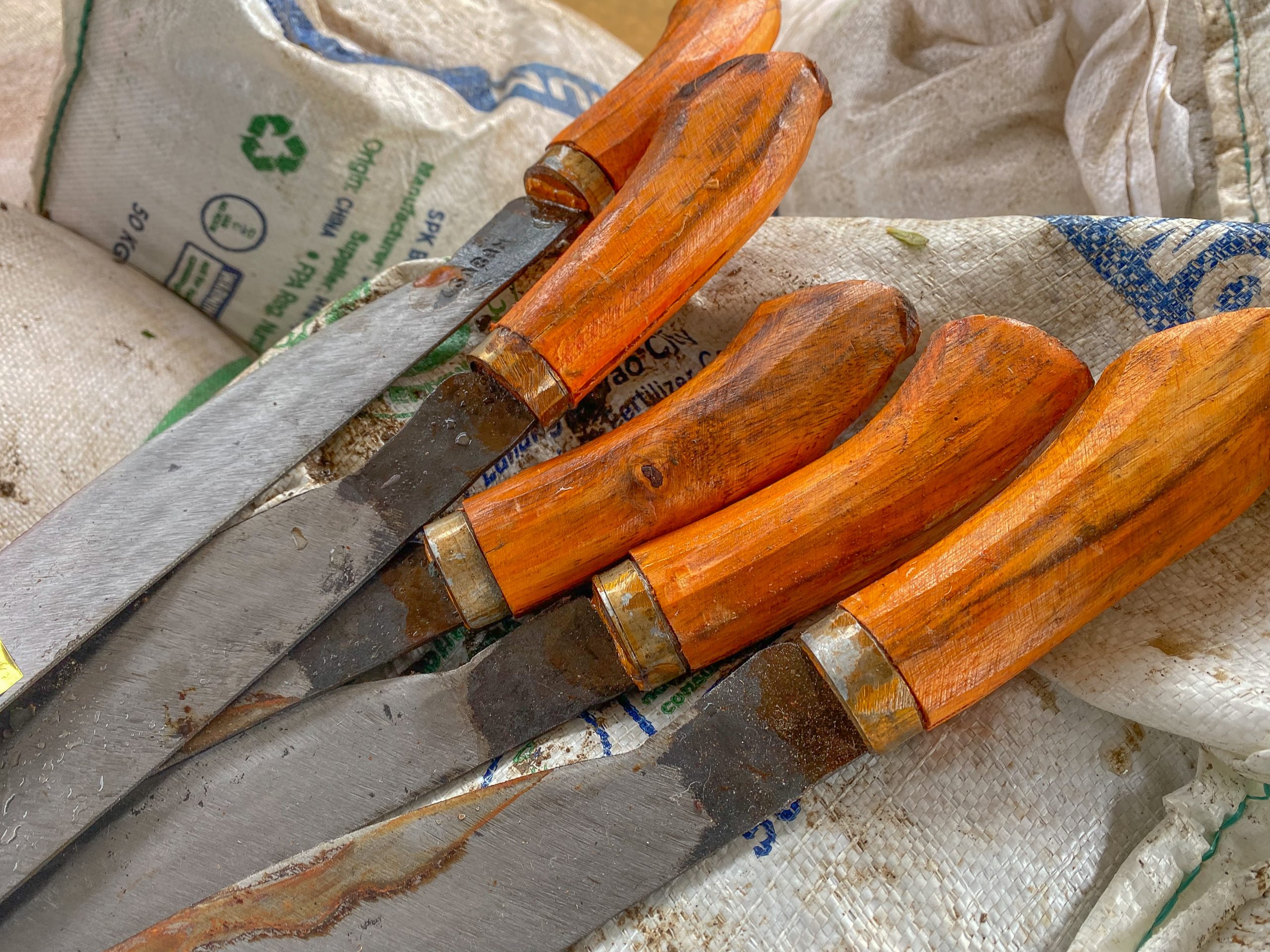
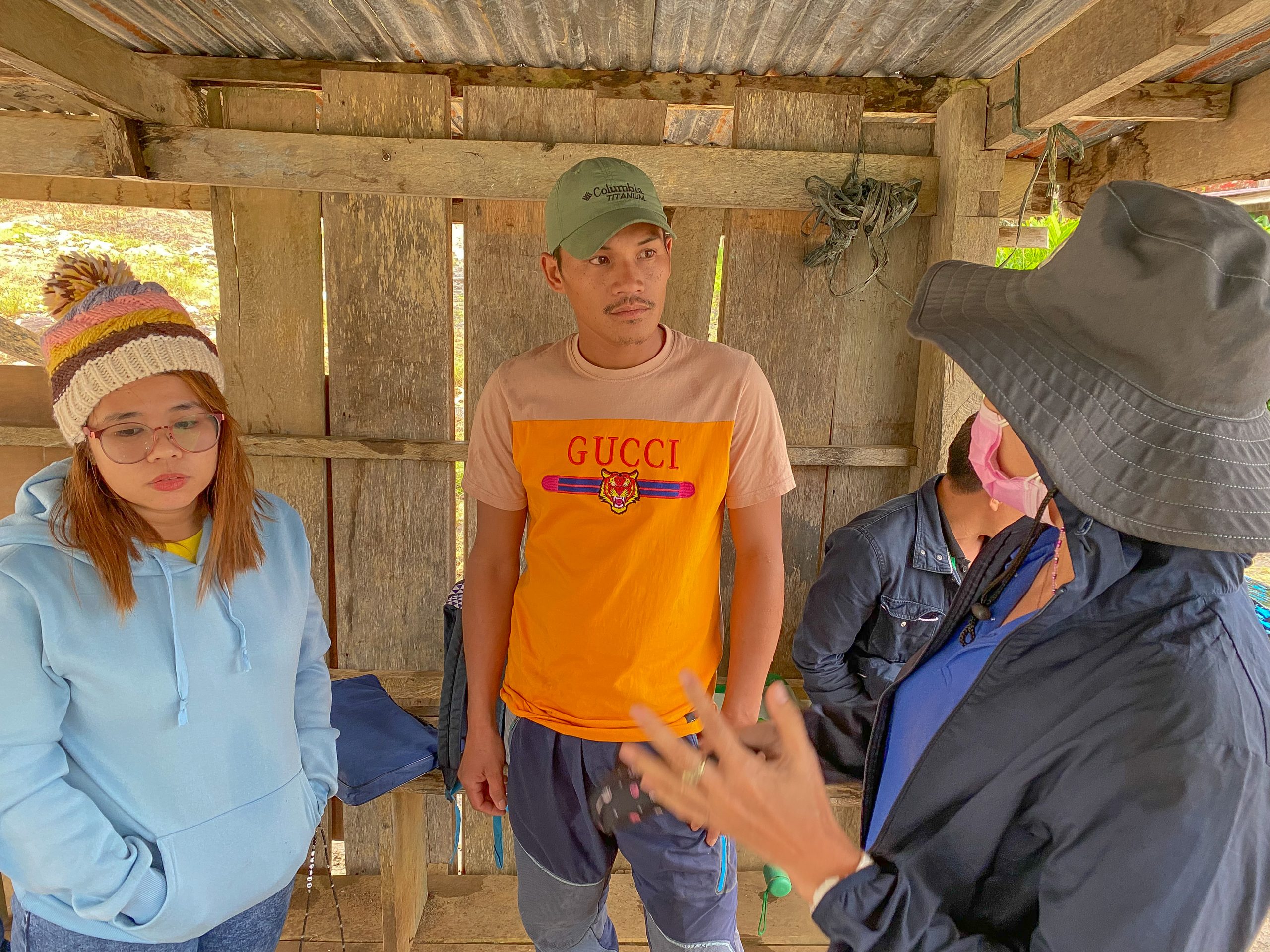
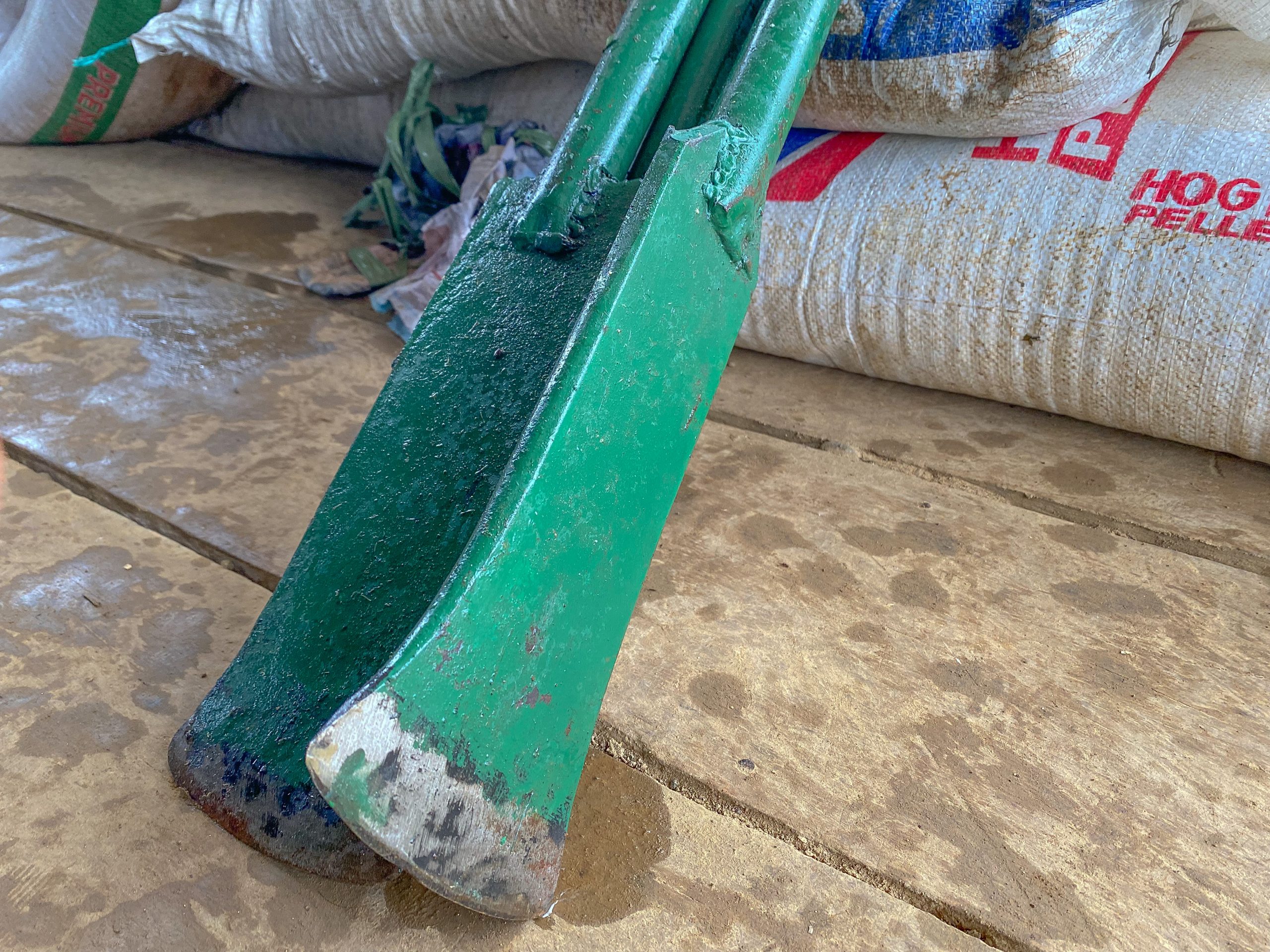
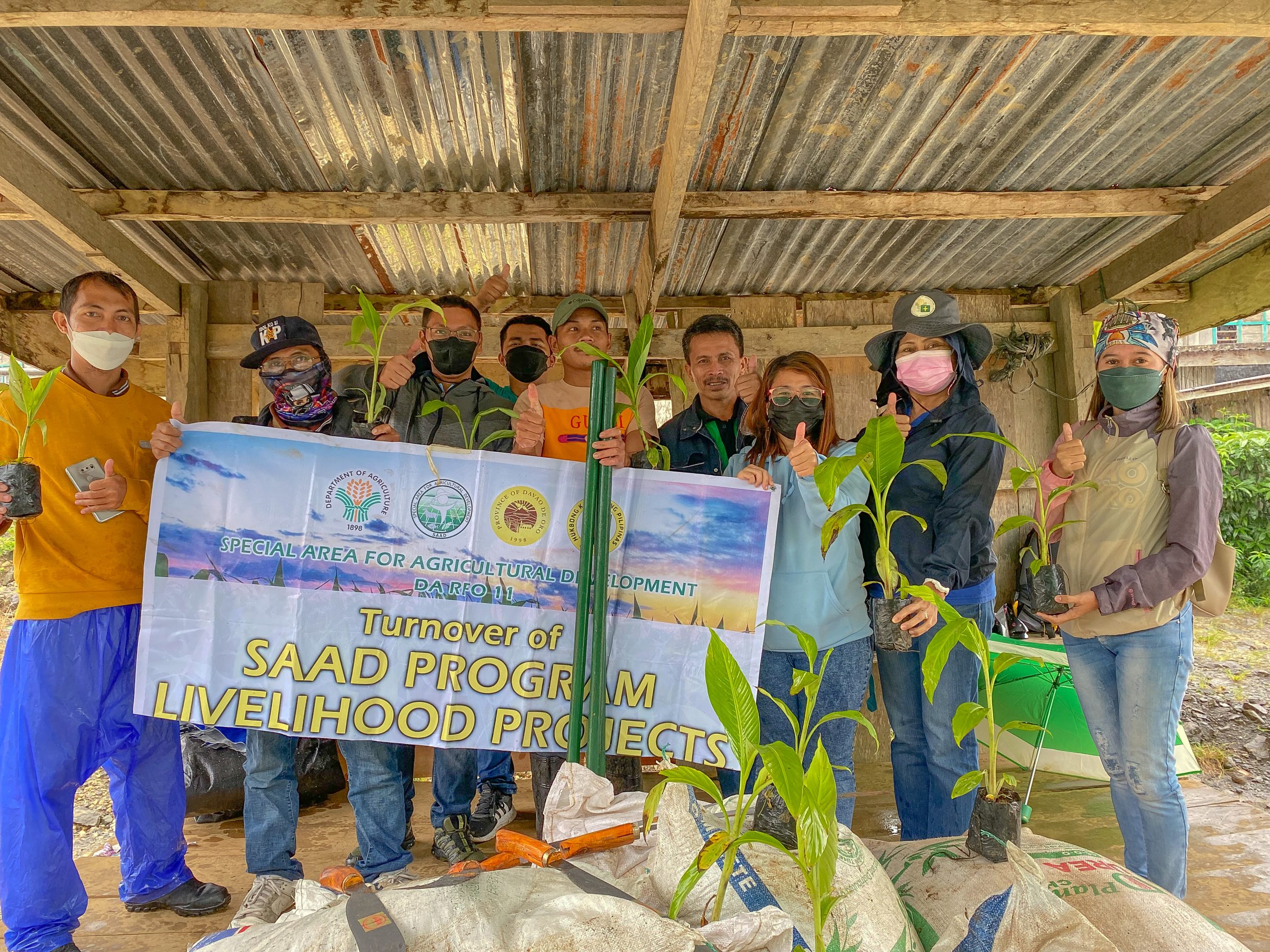
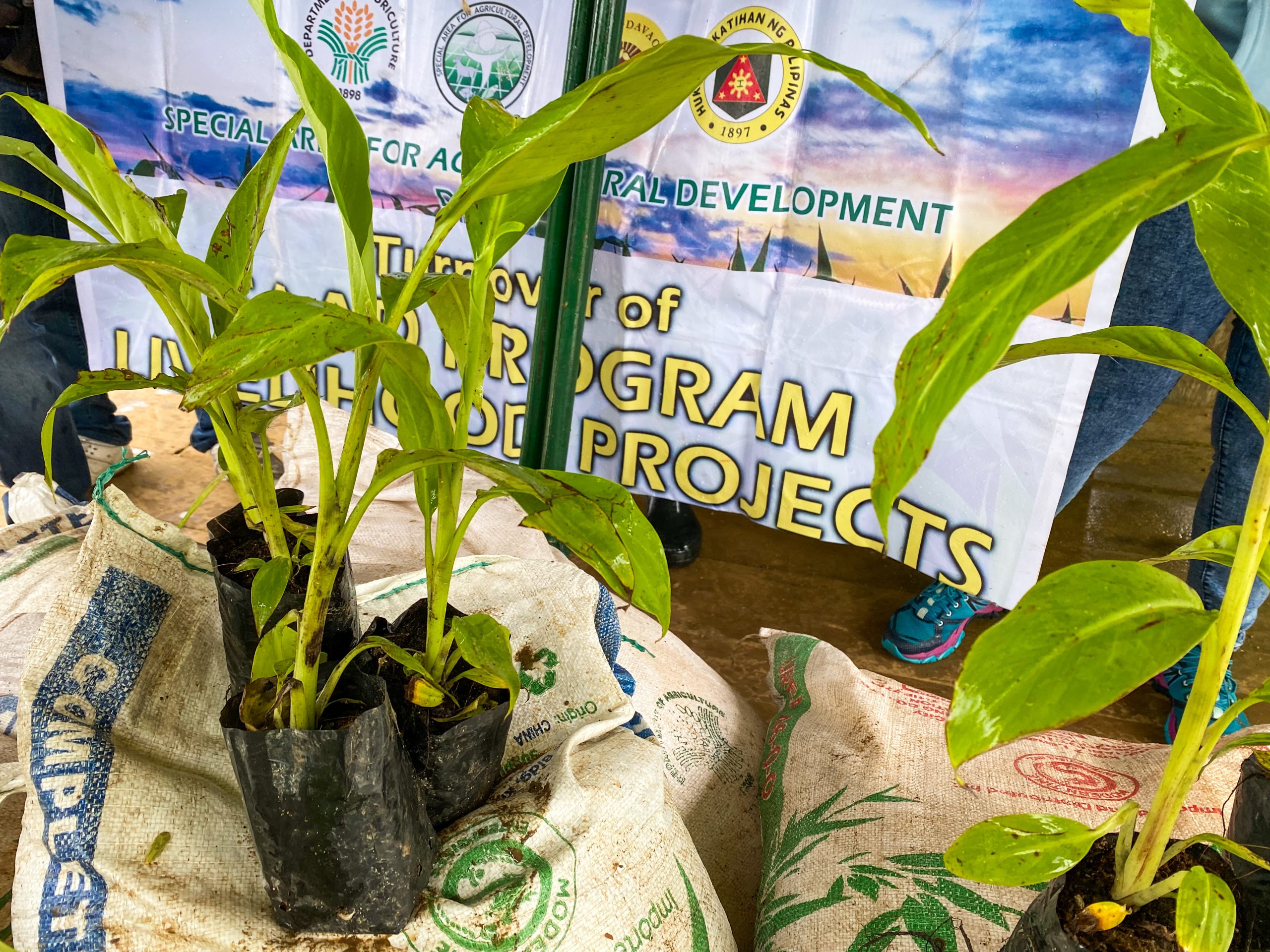
Comments (0)